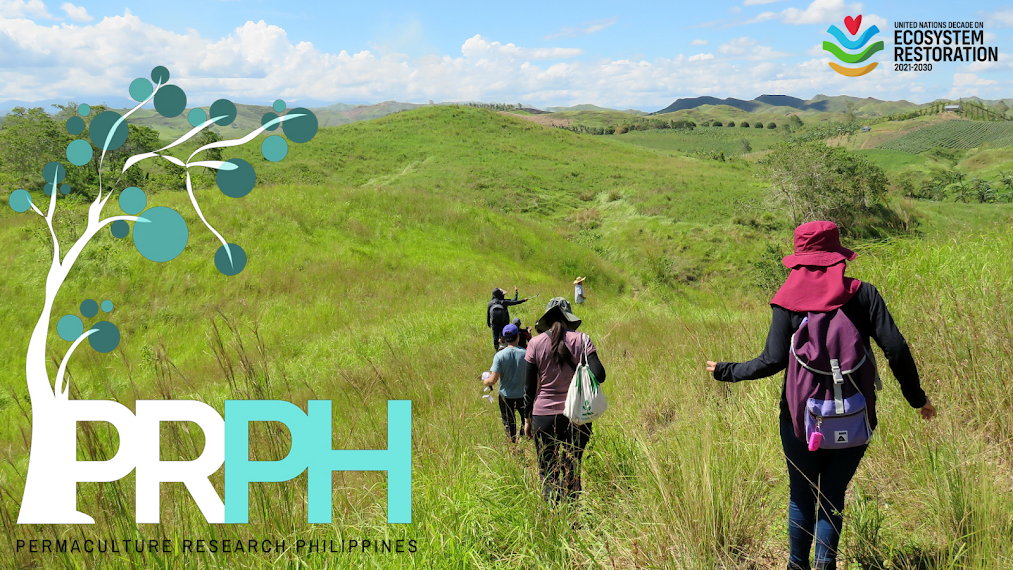 |
| Mixed cropping at UmaLeng Organic Farm in Dumingag, Zamboanga del Sur |
We often rely on social media and anecdotal evidence when it comes to identifying which types of crops are being grown by permaculture practitioners in the Philippines. But now we have this data from at least 12 sites in Luzon, Visayas, and Mindanao.
The crop inventory can be useful for gardeners/farmers who want to practice permaculture and don't know which crops to plant. This is also useful for researchers monitoring how the diversity of crops change through the years. These crops are also used for subsistence, not just agriculture, so it can also be an indicator of how diets and food preferences change over time.
A word of caution though. The study doesn't say that these are the ONLY crops that can be planted in a permaculture design. This is merely a presentation of what was found in those specific sites at that particular time period (2018). Practitioners can use this as a foundation and research on their own which crops are most suitable for their environment and appropriate for their daily needs.
Link to the publication (pp. 212-229): https://link.springer.com/chapter/10.1007/978-981-16-7699-4_10






.png)